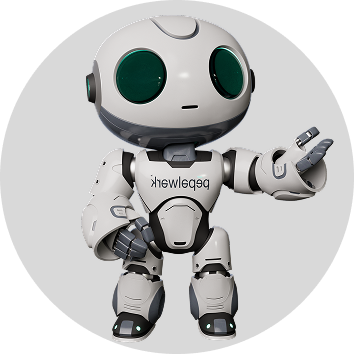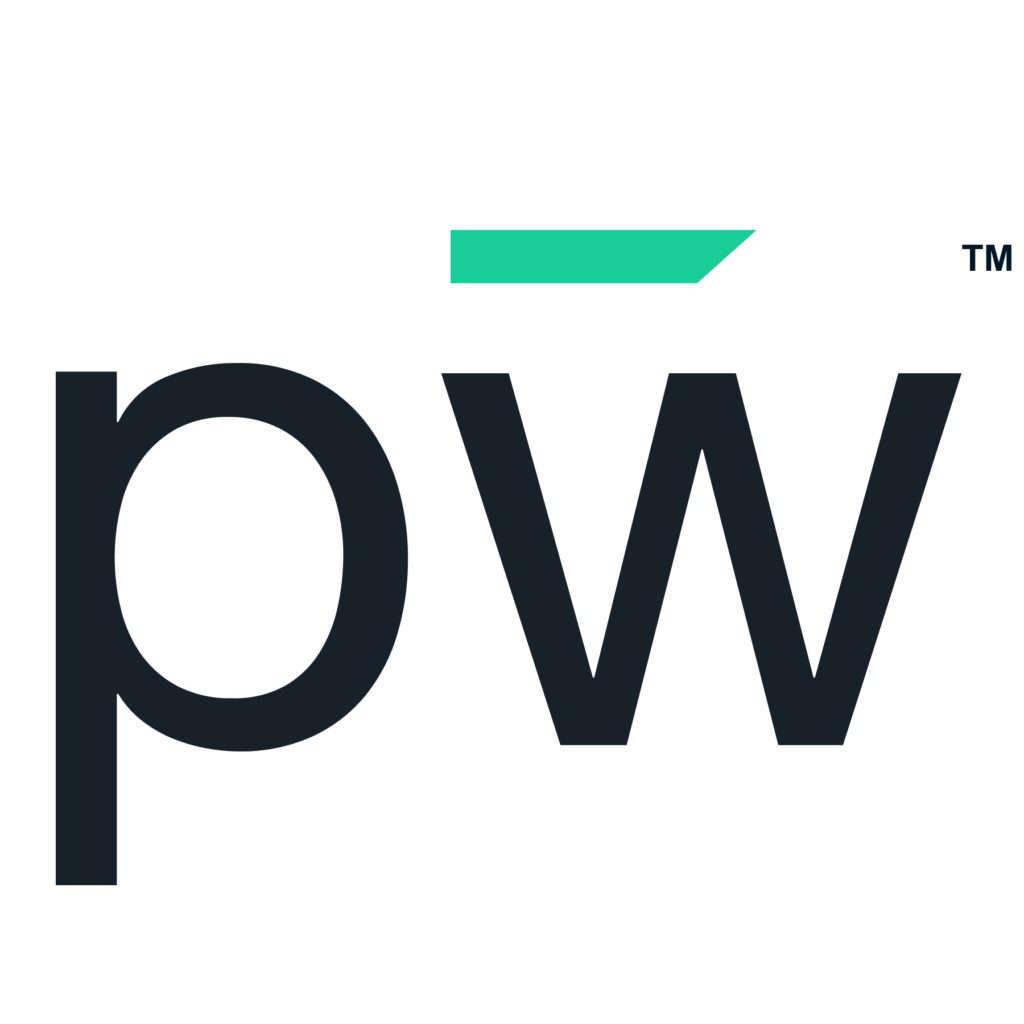Strategic workforce planning has become essential for organizations looking to remain competitive and adaptable. By embracing predictive analytics, industry leaders and educators alike can make smarter, data-driven hiring decisions that align with future workforce demands
The Power of Predictive Analytics in Workforce Planning
The challenge of workforce planning lies in forecasting which skills will be crucial in the coming years and finding candidates who meet these needs. Predictive analytics enables organizations to go beyond traditional hiring metrics by analyzing trends, forecasting skills demand and identifying potential workforce gaps. This data-driven approach has measurable outcomes to help businesses reduce lost revenue when they miss out on solving the workforce issue both now and in the future.
Educators and business leaders alike are under pressure to anticipate skills gaps, as industry demands evolve at an unprecedented pace. Predictive analytics in hiring doesn’t just provide a snapshot of current needs; it allows organizations to plan strategically by identifying emerging skill trends and fostering talent aligned with future job requirements. According to SHRM, analytics are crucial for meeting future company needs, "Effectively engaging in predictive analytics - using past and present data to foretell future events - can help organizations make hiring decisions, anticipate skills shortages, head off employee attrition and react to the next major disruptive event." By focusing on predictive data, workforce planning becomes a proactive strategy, allowing businesses and educational institutions to adjust their hiring practices before talent shortages occur.
The Future of the Job Market | Attitude Attributes and Abilities in a Changing Landscape
Leveraging pepelwerk for Efficient Hiring
pepelwerk’s predictive analytics tools go beyond traditional hiring platforms by analyzing data on specific skills, market demands and industry trends. This targeted insight allows industry leaders to align hiring goals with the skills needed to remain competitive. For example, if an analysis shows an increase in demand for data science expertise, pepelwerk can help educators adjust curriculum or assist organizations in tailoring hiring practices to meet this emerging need.
This goal-oriented approach focuses on skill-specific matching, ensuring that organizations don’t just fill positions but find candidates with the right expertise to drive growth. This capability is invaluable as companies seek to relaunch their business strategies and position themselves for a productive start to the new year. By utilizing pepelwerk’s predictive tools, leaders can move quickly to hire talent that aligns with both current and anticipated needs, ensuring their workforce is ready to tackle industry challenges.
Next Steps: Implementing Predictive Analytics in Your Organization
A skill-forward workforce is resilient, adaptable and prepared for ongoing change. By aligning hiring practices with predictive data, companies create teams with not only the skills needed today but also the emerging skills that will be vital tomorrow. This foresight allows for a smoother transition when upskilling or reskilling becomes necessary, keeping organizations flexible and capable of responding to shifts in technology, consumer behavior and industry standards.










